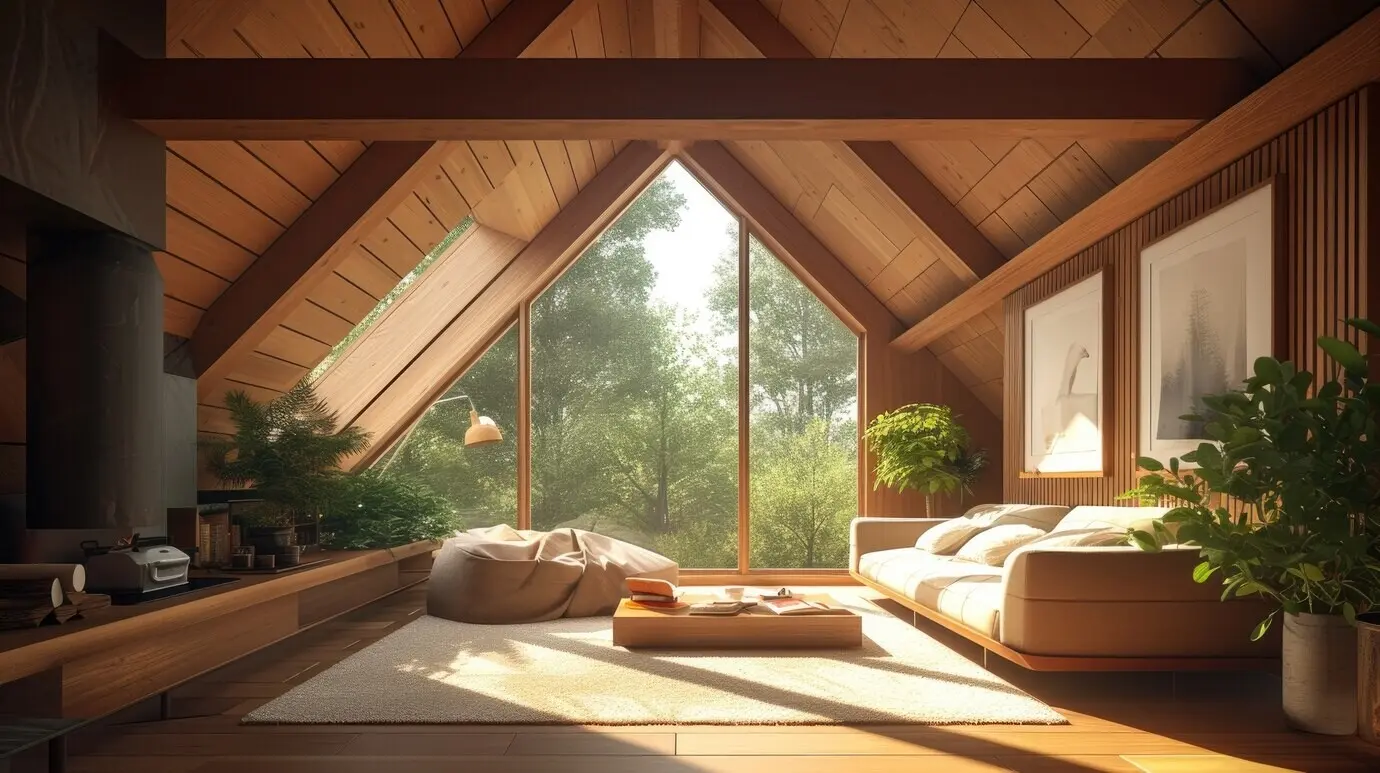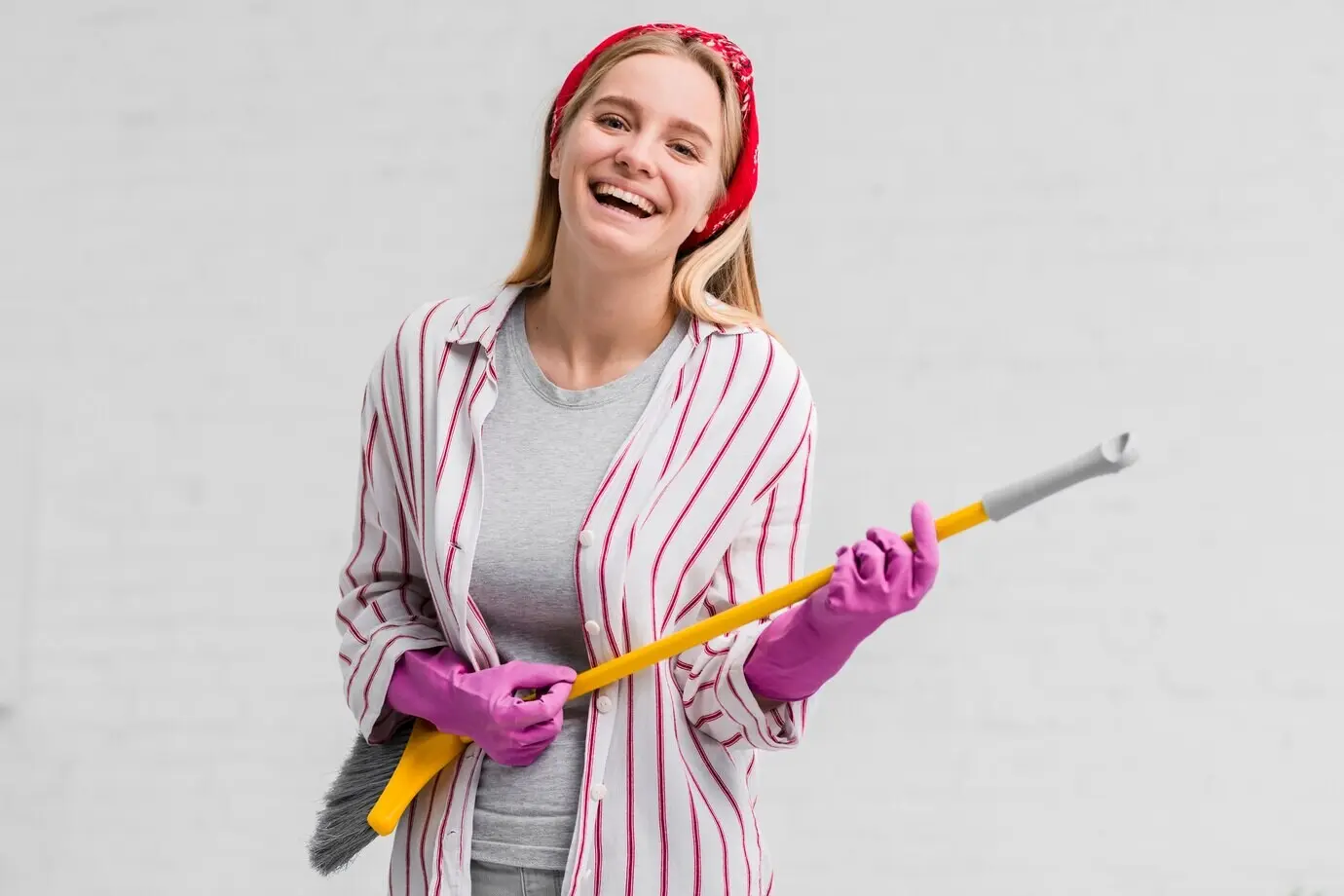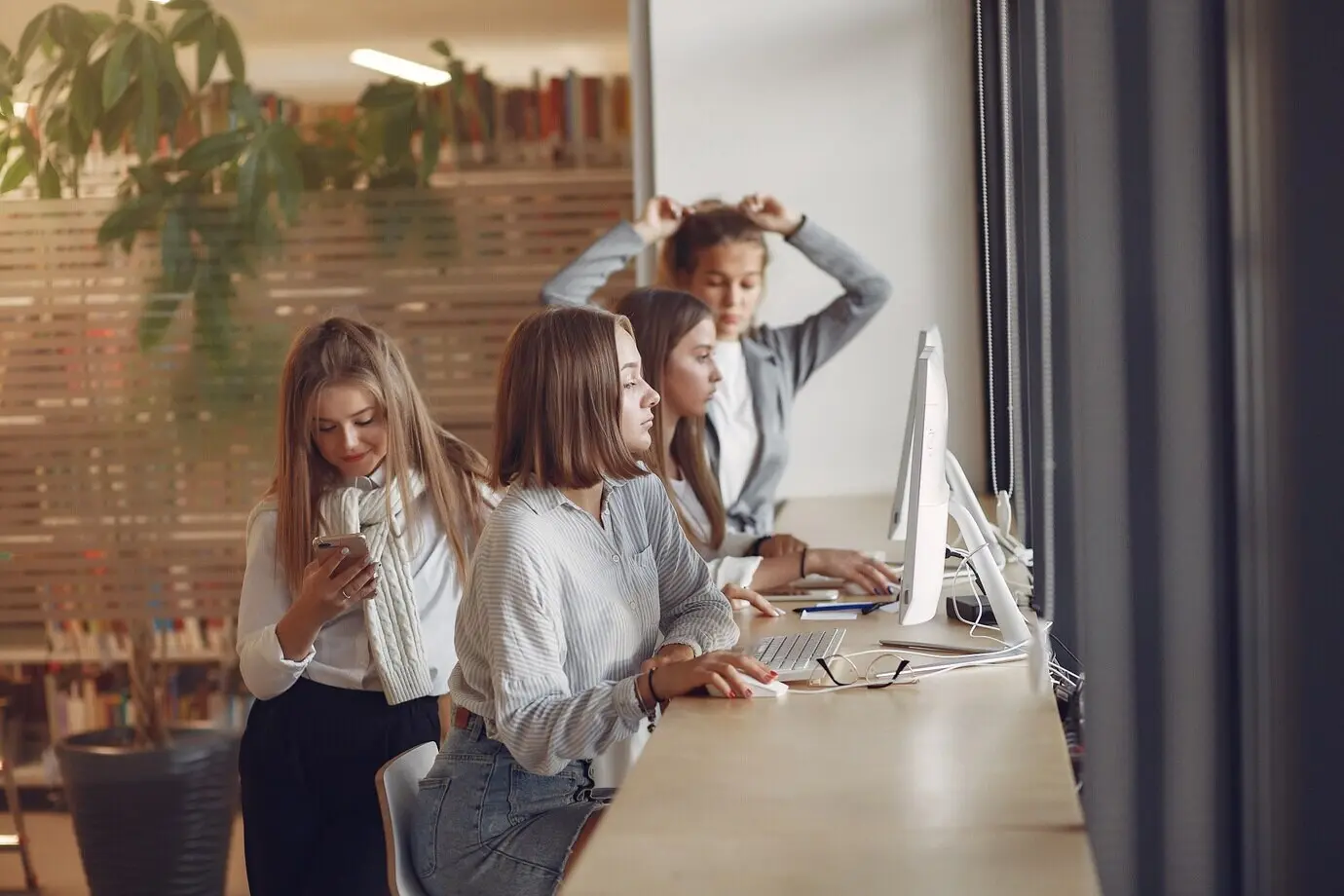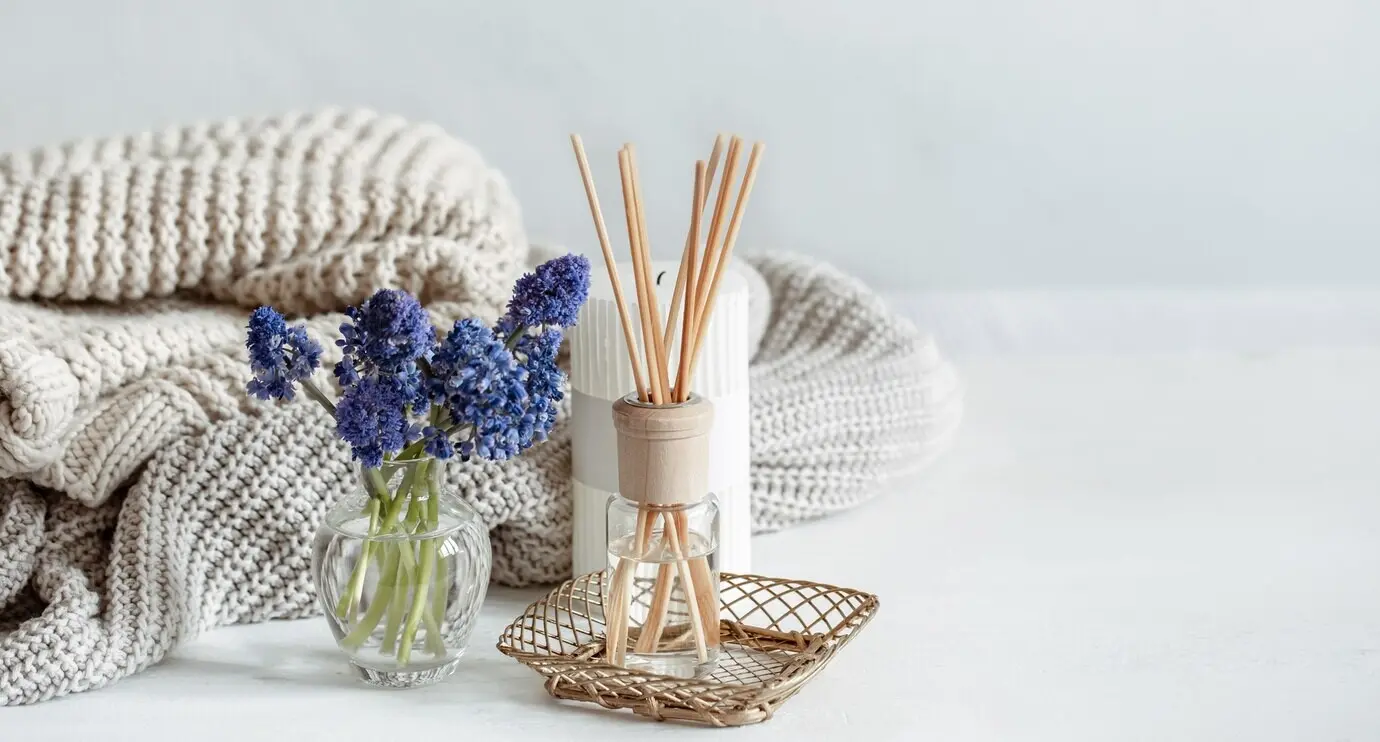Illuminate Space, Elevate Mood
The Psychology and Physics of Light
Warmth, Coolness, and Emotional Cues
Most evenings feel better under cozy 2700K light because warmer spectrums signal winding down, while 4000-5000K supports alert tasks like reading instructions. Try dimming as night approaches to reduce stimulation. Share your observations after a week; noticing subtle shifts can transform habits without expensive equipment.
Brightness, Contrast, and Visual Hierarchy
To keep eyes comfortable, layer brightness so focal points are clearly brighter than backgrounds, but never glaring. Aim roughly for a three-to-one contrast between task surfaces and surroundings. Add gentle wall washing to relax shadows. Tell us where fatigue disappears after adjusting levels and distances this weekend.
Layers That Bring Rooms to Life


Ambient Foundations
Start by setting a soft baseline with ceiling pendants, uplighting, or cove strips that bounce light from walls. This reduces harsh shadows and creates calm. After establishing this base, add directed layers. Try different dimmer scenes and tell us which baseline level keeps your household most at ease.


Task Precision Where It Matters
Direct brighter light at surfaces where your eyes work hardest: counters, desks, vanities, and hobby tables. Use narrow beams for tools and broad beams for paperwork. Keep fixtures in front to avoid hand shadows. Share a snapshot showing improved clarity, posture, or timing after refining your task spots.


Quick Upgrades With Outsized Results
Room-by-Room Playbook
Daylight, Windows, and Reflective Magic
Morning Rituals With Sunlight
Mirrors, Paint, and Light Paths
Adapting to Seasons and Climates
Smarter Control, Personalized Comfort

Scenes and Dimmers for Every Mood
Create presets labeled cook, read, dine, and movie so everyone can change the atmosphere with a single button. Use warm dimming bulbs that shift tone as they dim. Tell us which preset becomes the household favorite, and how conversations change when brightness matches intention.

Sensors and Automation That Help
Entry sensors bring gentle light when hands are full, and occupancy sensors keep hallways safe at night. Time-based automation reduces blue-rich output before bed. Share any misfires and adjustments, because dialing sensitivity teaches helpful lessons about movement patterns, pet behavior, and family schedules over time.

Inclusive Lighting for Every Ability
Consider contrast on stair edges, clear switches at reachable heights, and voice control for accessibility. Combine night paths with motion sensing to aid safe movement. Ask older relatives for feedback. Report which changes improved confidence, independence, or comfort for guests with low vision or mobility differences.